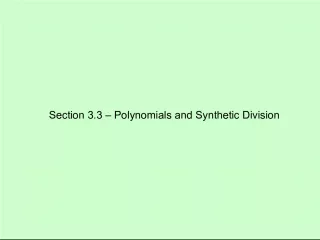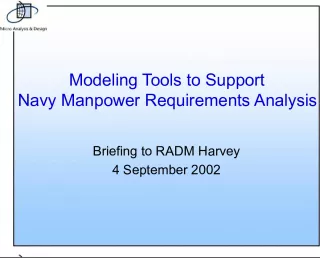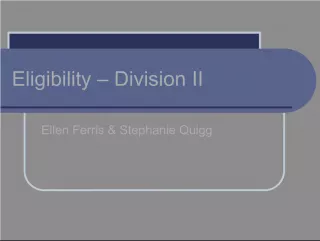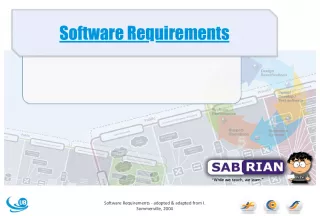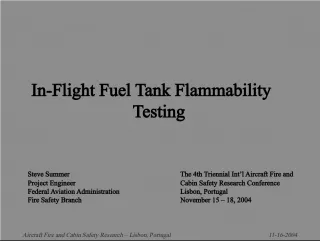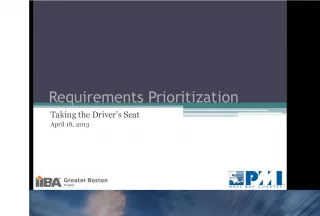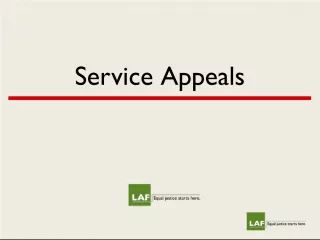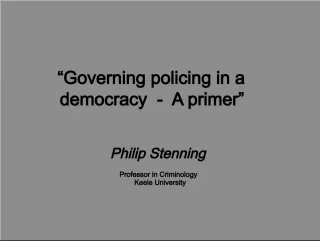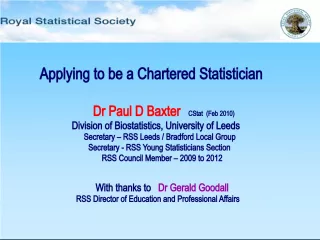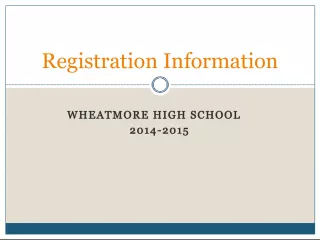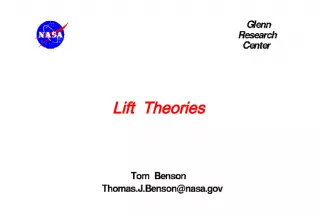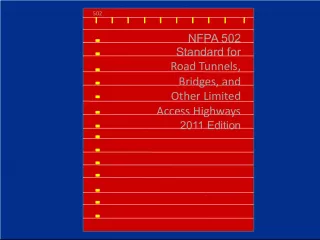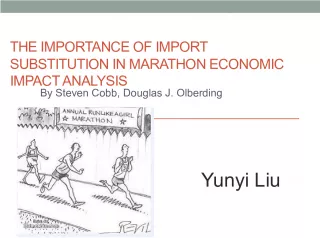The Impact of Synthetic and Low Flashpoint Fuels on FAA Flammability Requirements
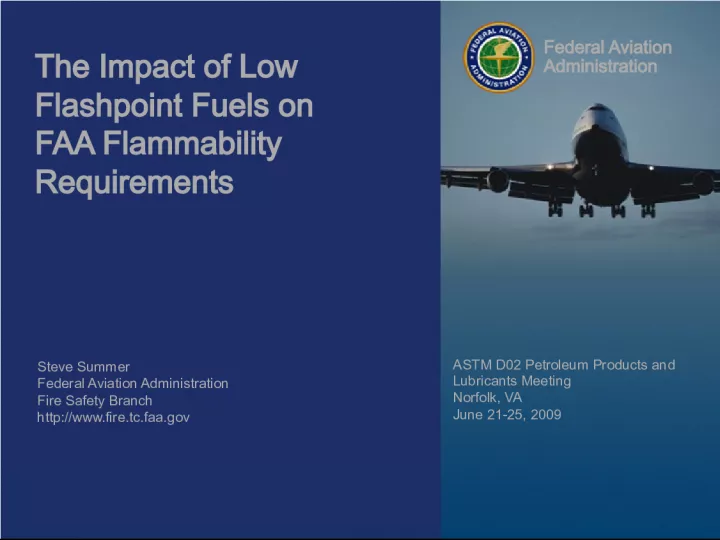

This presentation by Steve Summer of the Federal Aviation Administration's Fire Safety Branch discusses the impact of synthetic and low flashpoint fuels on FAA flammability
- Uploaded on | 2 Views
-
 liammason
liammason
About The Impact of Synthetic and Low Flashpoint Fuels on FAA Flammability Requirements
PowerPoint presentation about 'The Impact of Synthetic and Low Flashpoint Fuels on FAA Flammability Requirements'. This presentation describes the topic on This presentation by Steve Summer of the Federal Aviation Administration's Fire Safety Branch discusses the impact of synthetic and low flashpoint fuels on FAA flammability. The key topics included in this slideshow are . Download this presentation absolutely free.
Presentation Transcript
Slide1Federal AviationAdministration 0 The Impact of Synthetic Fuels on FAA Flammability Requirements June 24, 2009 0 The Impact of Low Flashpoint Fuels on FAA Flammability Requirements Steve Summer Federal Aviation Administration Fire Safety Branch http://www.fire.tc.faa.gov Federal Aviation Administration ASTM D02 Petroleum Products and Lubricants Meeting Norfolk, VA June 21-25, 2009
Slide2Federal AviationAdministration 1 The Impact of Synthetic Fuels on FAA Flammability Requirements June 24, 2009 1 Fuel Tank Flammability - Background • Since 1960, 18 airplanes have been damaged or destroyed by fuel tank explosions • Previous rules attempted to prevent ignition sources but this has not been completely effective • New rule published July 21, 2008 to significantly reduce the likelihood of fuel tank explosions in: • Existing fleet • Newly produced airplanes • Future airplane designs • The goal is to prevent fuel tank explosions by establishing a performance-based set of requirements that set acceptable flammability exposure values in tanks most prone to explosion
Slide3Federal AviationAdministration 2 The Impact of Synthetic Fuels on FAA Flammability Requirements June 24, 2009 2 Balanced approach to fuel tank safety • Flammability reduction significantly reduces hole size in flammability layer, significantly reducing the likelihood of future accidents. HAZARD ACCIDENT Ignition Prevention Layer - Some holes eliminated (e.g. design changes to preclude single failures) - Other holes reduced in size (human factors/ maintenance issues, unknowns, etc.) Flammability Layer - Reducing flammability exposure significantly reduces holes (flammability reduction) - Small holes remain due to system performance, dispatch relief, system reliability, etc. ACCIDENT PREVENTED ! SFAR 88 Flammability Reduction / Low Flammability
Slide4Federal AviationAdministration 3 The Impact of Synthetic Fuels on FAA Flammability Requirements June 24, 2009 3 FTFAM - Background • The Fuel Tank Flammability Assessment Method (FTFAM) is an Excel © based macro based on work originally performed by the 1998 ARAC Fuel Tank Harmonization Working Group. • It is a comparative analysis tool to examine airplane fuel tank flammability. • The program utilizes Monte Carlo statistical methods to determine several unknown variables, using standardized distributions in order to calculate the fleet average flammability exposure time of a given fuel tank. • From 1998 – Present, the FAA has utilized input from industry and information gained from various research activities to help refine and improve the model’s capabilities.
Slide5Federal AviationAdministration 4 The Impact of Synthetic Fuels on FAA Flammability Requirements June 24, 2009 4 FTFAM - Background (cont.) • The FTFAM utilizes these techniques to generate values for several unknown variables, utilizing standardized distributions. • Fuel flashpoint temperature • Ambient ground temperature • Ambient cruise temperature • Flight mission length • Additional functionality of the program: • Single flight analysis (for troubleshooting) • Random Number Freeze (for troubleshooting) • Warm day analysis • Flammability Reduction Method (FRM) effectiveness analysis
Slide6Federal AviationAdministration 5 The Impact of Synthetic Fuels on FAA Flammability Requirements June 24, 2009 5 FTFAM - Overview
Slide7Federal AviationAdministration 6 The Impact of Synthetic Fuels on FAA Flammability Requirements June 24, 2009 6 FTFAM – Overview (cont.)
Slide8Federal AviationAdministration 7 The Impact of Synthetic Fuels on FAA Flammability Requirements June 24, 2009 7 Flashpoint Distribution • The Standard Specification for Aviation Turbine Fuels (ASTM D 1655), specifies a minimum flashpoint value of 100 °F for Jet A fuel. • Similar standards for other aviation fuels also only specify a minimum value. • In attempt to determine the actual flashpoint of jet fuel as used in service, the FAA conducted a study in which 293 samples were taken from both domestic and international flights. Results of this study are published in FAA report DOT/FAA/AR-07/30. • The results of that study are used by the program to develop the standardized distribution of flashpoints from which a Monte Carlo analysis can be performed.
Slide9Federal AviationAdministration 8 The Impact of Synthetic Fuels on FAA Flammability Requirements June 24, 2009 8
Slide10Federal AviationAdministration 9 The Impact of Synthetic Fuels on FAA Flammability Requirements June 24, 2009 9 • Previous work has shown that the LFL and UFL can be defined, in terms of temperature as: • LFL= (Flash Point - 10) - Altitude/808, • UFL=(Flash Point + 63.5) - Altitude/512 (where temperature is in Deg F and altitude is in ft.) The Utilization of Flashpoint in the FTFAM
Slide11Federal AviationAdministration 10 The Impact of Synthetic Fuels on FAA Flammability Requirements June 24, 2009 10 • Add a slide here that shows a plot of fuel temp bounded by LFL/UFL, showing flammable range
Slide12Federal AviationAdministration 11 The Impact of Synthetic Fuels on FAA Flammability Requirements June 24, 2009 11 Flashpoint Distribution - Potential Impact • With the introduction of new fuels, there is a potential for a shift in this flashpoint distribution, despite the fact that the minimum specifications are the same as for Jet-A fuel. • Any shift in this distribution, has a direct effect on the overall fuel tank flammability exposure and on the sizing and design of any Flammability Reduction Means (FRM) that is utilized.
Slide13Federal AviationAdministration 12 The Impact of Synthetic Fuels on FAA Flammability Requirements June 24, 2009 12
Slide14Federal AviationAdministration 13 The Impact of Synthetic Fuels on FAA Flammability Requirements June 24, 2009 13
Slide15Federal AviationAdministration 14 The Impact of Synthetic Fuels on FAA Flammability Requirements June 24, 2009 14
Slide16Federal AviationAdministration 15 The Impact of Synthetic Fuels on FAA Flammability Requirements June 24, 2009 15
Slide17Federal AviationAdministration 16 The Impact of Synthetic Fuels on FAA Flammability Requirements June 24, 2009 16
Slide18Federal AviationAdministration 17 The Impact of Synthetic Fuels on FAA Flammability Requirements June 24, 2009 17
Slide19Federal AviationAdministration 18 The Impact of Synthetic Fuels on FAA Flammability Requirements June 24, 2009 18 Summary • The introduction of new fuels into the fleet poses a potential shift in the flashpoint distribution, which leads to significant changes in the overall flammability analysis of a fuel tank. • These changes have a direct impact on determining if an FRM is required, and on the sizing and design of any FRM that is utilized. • Maintaining the same minimum spec value as Jet A is not sufficient. To avoid this issue, the actual flashpoint distribution of in service fuel needs to be monitored as new fuels are introduced into the fleet.
Slide20Federal AviationAdministration 19 The Impact of Synthetic Fuels on FAA Flammability Requirements June 24, 2009 19 For further details regarding the Fuel Tank Flammability Reduction Rule or the Fuel Tank Flammability Analysis Method: http://www.fire.tc.faa.gov/systems/fueltank/FTFAM.stm
